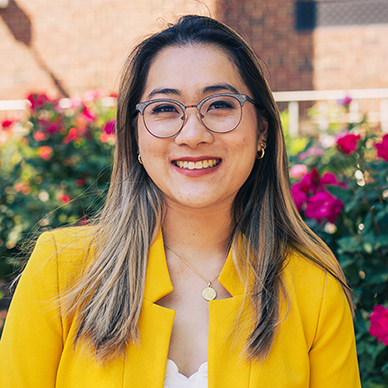Statement of Jocelyn Frye, President of the National Partnership for Women & Families WASHINGTON, D.C. – April 23, 2024 – Today, the Biden administration published a final rule to support higher pay and better work-family balance for workers by...

Spreading it around: Where do you get your information?
The phrase “sharing is caring” is not uncommon for many; mutual care for the people we interact with is a virtue taught to us at a young age. Amidst the rise of social media, group chats, and increased digital communication, however, sharing can take on a deadlier connotation. In the pandemic the spread of misinformation and (un)intentional disinformation has led to false (and sometimes harmful) cures and inaccurate vaccine information among other issues. There are multiple factors that contribute to people believing sources or claims that are unfounded and untrue. Communities of color are often skeptical of scientific institutions due to a history of racial experimentation and abuse– but placing blind trust in “alternative” undocumented sources can be just as damaging.
The Department of Health and Human Services worked with Surgeon General Dr. Vivek Murthy to share a useful toolkit on health misinformation. It details various approaches to dissecting things we see or read online and how to conclude if they are false or true. Some of the most important takeaways include:
- Critical thinking: How do we know sources are trustworthy? Steps as simple as reading items thoroughly before sharing and checking the author or publisher can save our family and friends from believing something false.
- Don’t shame others online: Calling out someone online can be toxic; publicly dismissing others can backfire and escalate a situation. Conducting side conversations or inviting others to discuss things one-on-one can be more effective as a learning experience.
- Listen, listen, listen: Do we know why people believe what they believe and behave the way they behave? Where and why are they getting their information from these sources that can’t be trusted?
Together, we can encourage our communities to stay safe and stay educated on relevant and truthful information about our health. Conscious communities are safer communities.

